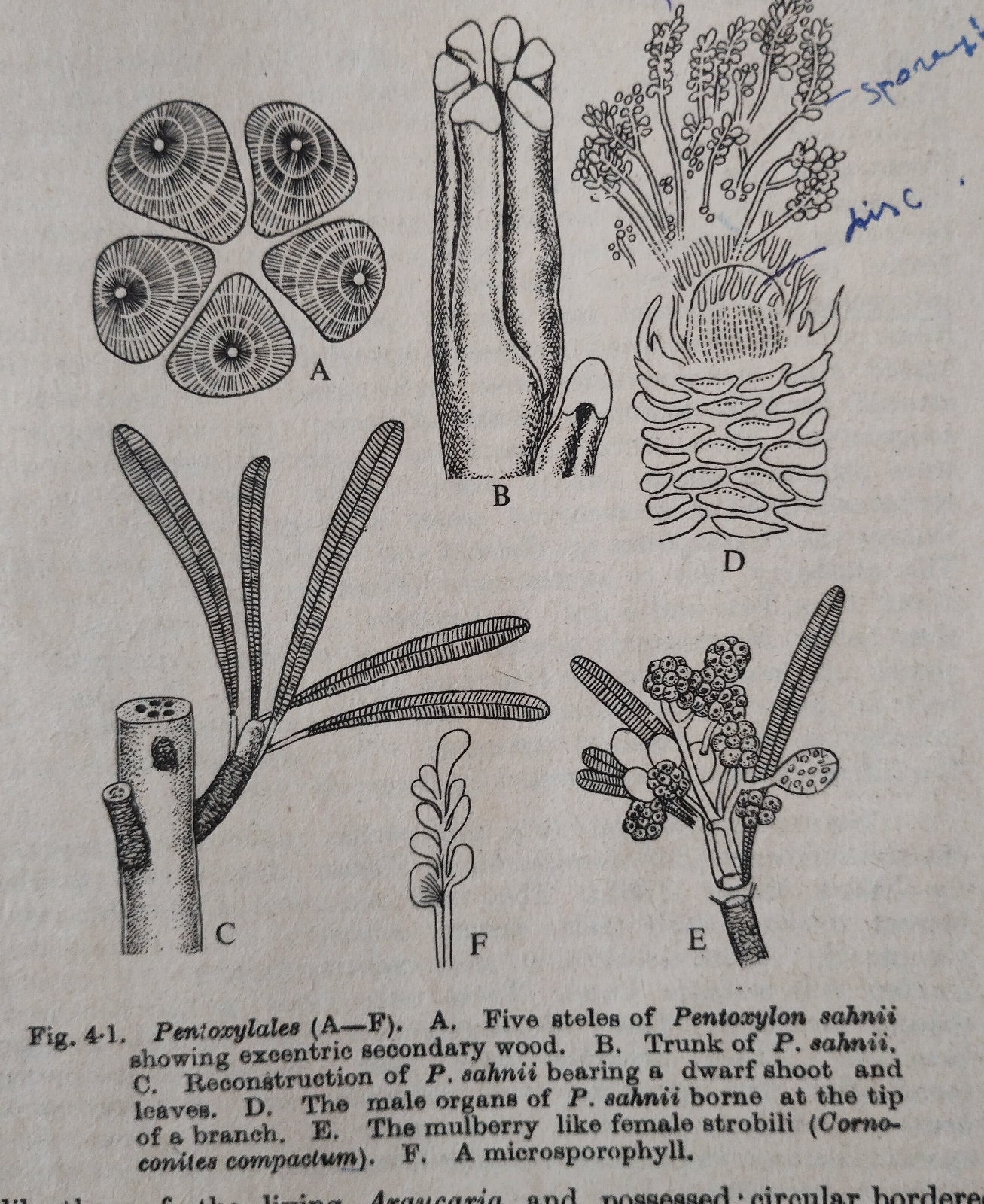Devi Movement and David Hardimans' Perspective
Devi Movement and David Hardimans’ perspective.
The Devi Movement,is a indigenous adivasi movement,started from Palghar Taluk of Western Maharashtra (presently South Gujarat)in late 1921 where the Adivasis were facing extreme poverty and indebtedness as a result of their involvement with ‘civilization’. The colonial rule and princely state imposed a fixed land cultivation tax and land tax upon them. They borrowed money from the Sahukars to pay the land tax and for other necessities.Non payment of tax led to the appropriation of adivasi’s’ land ,often without his knowledge.In between 1895 -1913 ,42% adivasi land has passed to moneylenders through sale or mortgage in Baroda Taluk, Mahuva. In addition Parsi acts as tax collectors of the state under the Abkari Act. Adivasis’ drank ‘toddy’ and also offered it to the Gods in different rituals. It was a food to the poor for several months of the year. Parsis imposed a tree tax on toddy preparation and forced them to drink ‘daru’(distilled liquor in Parsi owned factories) by pricing toddy out of market.
The educated Adivasis first began to resist the sordid process, but the true protest from the poor people came to light in the form of Devi Movement which originated from a smallpox propitiation ceremony.The Devi assumed the name of “Solabai”(Devi who gives advice) giving messages to abstain from meat and liquor, to stop working in non-adivasi land, and later, to use khadi,spin the charkha and to send children to nationalist schools.
David Hardiman analyses the relationship of Adivasis to their land and with each other.Before their subjugation in 19th century different adivasi communities lived in harmony and respected each other’s identity while sharing a common material culture. They were anti non-adivasis but never harmed others . In the face of danger they instinctively flight.
A few points to be noted:
(1) David Hardiman does not see any direct link
between the macro level happenings and the
adivasi movement.
(2) He also rejects “sanskritization” and views it as
their claim to social equality with the Brahmins
and Vaniyas.
(3) He also examined the applicability
of the concept of ‘revitalization, i.e first the
individual , then the groups as a whole undergo
a psychological disorientation, leading to
revitalization through their resistance. The
adivasi of Southern Gujarat has changed their
rituals but not their religion.
(4) Devi was the legitimization of their social voice
but not a product of superstitions or beliefs but the ideological superstructure of which their
economic and political action was a part.
(5) He describes the adivasi society as more
egalitarian in it’s relation between men and
women.
(6)It is not only a social reform movement by getting rid of the drinking habit , but also a rebellion against the domination of Parsi liquor vendors also the domination of large landlords.
Finally,it still left a lingering impression on the tribals of this region by making them more assertive and giving the memories, which involves self-help and action for the collective good.




Comments
Post a Comment